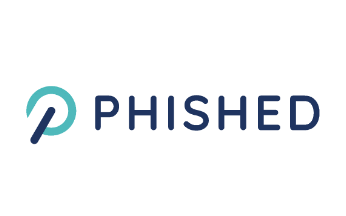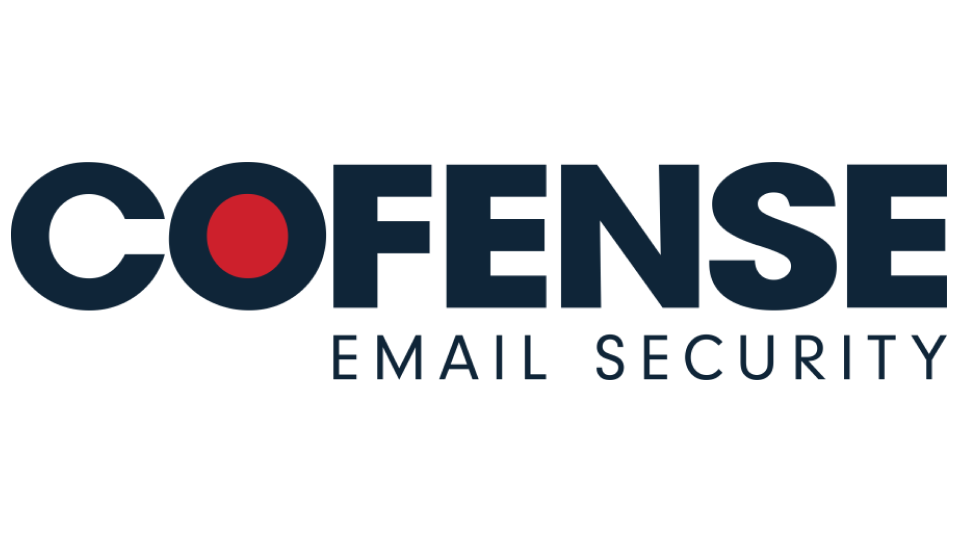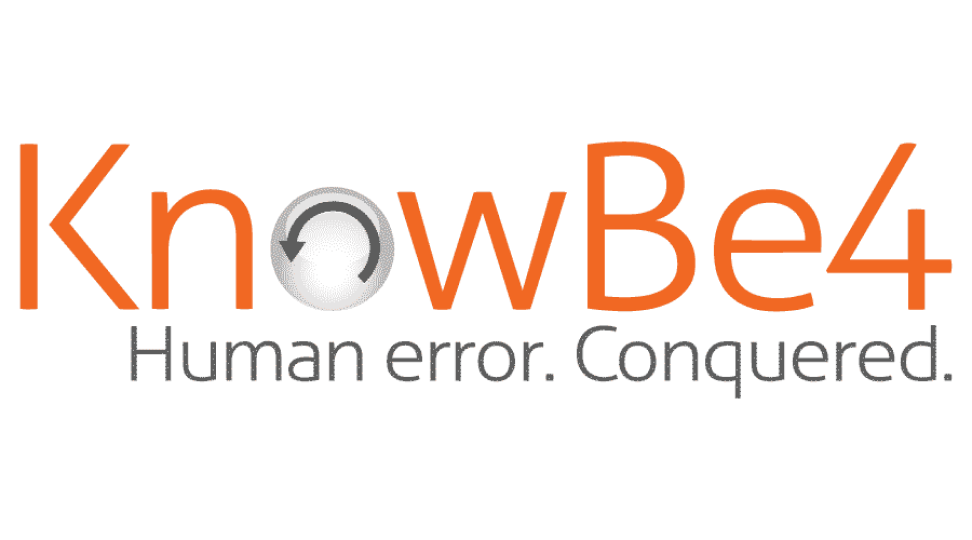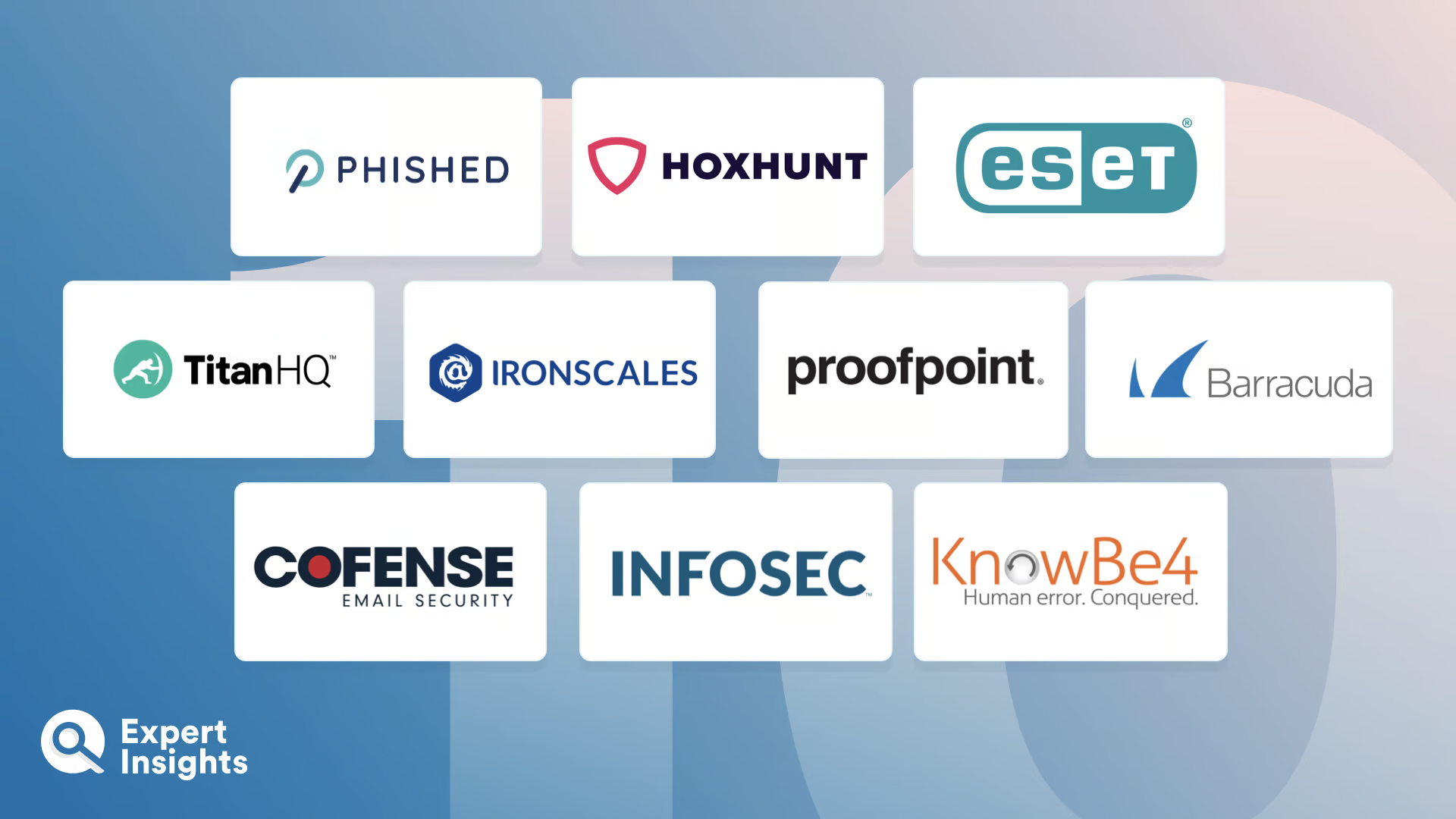Phishing Awareness Training Solutions: Everything You Need To Know (FAQs)
What Is Phishing?
Traditionally, phishing emails targeted hundreds or even thousands of recipients at a time. They were designed to trick users into clicking on a URL that would lead to a webpage where they’d be asked to enter personal information. While these types of phishing attack still exist, cybercriminals have adapted their attacks, making malicious phishing messages harder for machines and humans to identify. These more targeted attacks are called “spear phishing”.
Here the attacker impersonates a trustworthy sender and aims to trick their victim into handing over sensitive information (such as account credentials or financial data). Alternatively, the user may be encouraged to click on a malicious link or file that will install malware on their device.
Both spear and regular phishing attacks have key indicators that users can look out for to determine whether an email is genuine or fraudulent.
While spear and regular phishing attacks sent via email are the most common type, there are a few other variants to look out for:
- Vishing (Voice phishing) uses voice calls to trick users; these can be very convincing as the attackers can put pressure on their users in real-time to create a sense of urgency
- SMiShing is the same as phishing, except that the attacker sends their target an SMS text instead of an email
- Whaling targets high ranking, often C-level, members of an organization; these attacks take more effort on the attacker’s part, but the payoff can be much greater
What Is Phishing Awareness Training?
Phishing awareness training teaches users how to spot and react to different types of phishing attacks. As phishing attacks are constantly evolving and phishing risk increases, giving your users a list of phishing emails to avoid won’t be enough to block online attacks. Instead, you need to train them to be vigilant and naturally suspicious of emails that encourage them to act or share details. Phishing awareness training can help you create a culture of security that will encourage this cautious behavior.
Phishing awareness training solutions use content-based training (such as bite-sized videos, infographics, and quizzes) to explain common indicators of compromise (IOCs) and train users on what to look for. This means that when a user encounters a new attack type, they already have the skillset to identify a dangerous message and act accordingly.
Anti-phishing training also teaches users how much damage a successful phishing attack can cause. Without this, it can be hard to understand the significance of something as simple as clicking on a link. When users know what’s at risk, they are more likely to act cautiously.
The best phishing email training solutions also enable you to test your users’ response to a phishing attack by sending them simulations if they experience a failure in a test.
What Is A Phishing Simulator And What Do Phishing Simulations Involve?
Phishing simulators, or simulations, are fake phishing emails that security teams send to their employees to test how they would react to a real-life phishing attack. They’re usually included in a wider phishing awareness training program that also teaches users (via content-based training) how to identify a threat.
Accurate simulations enable users to apply the knowledge that they’ve gained whilst completing their anti-phishing training course. They also enable admins to identify any users that may be particularly susceptible to phishing attacks and assign those users further training.
Phishing simulation training usually focuses on email phishing and enables IT teams to either choose from a library of out-of-the-box templates or create their own emails that can be tailored to their users and use-case. Some simulators also enable IT teams to carry out SMiShing attacks, but this often comes at an extra cost.
Do You Need Phishing Training For Employees?
A good phishing awareness program and relevant training is critical for any organization, no matter how big or small you are or what sector you’re operating within. There are four key reasons why we recommend that you train your users on how to behave in response to phishing attacks:
- Reduce your risk of being breached. Social engineering attacks such as phishing are the most likely type of threatto cause a data breach. If you train your users to identify threats, they’ll be less likely to engage with them.
- Identify areas for improvement. Some individuals might require more training than others—either because they find it more difficult to identify phishing attacks, or because they’re working in an area of the business that handles particularly sensitive information, which means they’re more likely to be targeted. With a phishing awareness training solution, you can monitor how users are reacting to simulations and tailor training programs to suit each individual’s needs.
- Ensure compliance with data protection standards. Security awareness training, including phishing awareness training, is a mandatory requirement of many industry and federal compliance standards, such as GDPR, HIPAA, and PCI-DSS.
- Create a culture of security. Investing in the right phishing awareness training program can show your users you want to help and support them, rather than punish them when they make mistakes. This can help you build a stronger relationship with them, so they’re more likely to come and tell you if they do receive or click on a phishing email, rather than panic and try to cover it up.
Why Does Phishing Awareness Training Work?
Phishing awareness training cultivates a security-first mindset that prioritizes data protection and network security, effewctively supporting human risk management. It does this by providing employees with the knowledge and tools they need to combat phishing attacks. Carefully designed programs teach users how to detect and react to threats so that they can help protect sensitive data, rather than being considered an easy way into an organization’s network.
It’s thanks to powerful training and simulation solutions that recent years have seen a decrease in phishing click rates and an increase in reporting rates, despite the volume of phishing attacks increasing year on year.
What Features Should You Look For In a Phishing Awareness Training Platform?
There are a number of different phishing awareness training solutions out there, and it can be difficult to know which one is best suited to your needs. The most effective solutions include the following features, so keeping an eye out for these is a good place to start:
- A multi-media content library that’s regularly updated. Note the emphasis on “multi-media”! Your employees will all have individual learning styles, so a variety of materials will make sure that the material is engaging for everyone. And when the library is regularly updated, you can be sure that it will contain information on the newest threats that organizations are facing.
- Customization. It’s important that you can build learning paths or tailor modules to target specific threats that your organization is facing. It’s also important that simulated phishing emails designed to test employees can be customized to mimic the types of emails your employees typically receive.
- Interactivity. Quizzes, tests and gamification are sure-fire ways to increase user engagement which, in turn, increases information retention. This means that your employees will remember what they’ve learned and be much more likely to put it into practice.
- Simulations. You need to be able to test what your employees have learned, and the best way to do this is through simulated phishing emails. Users should report these emails, either through the solution’s inbuilt reporting button (see below) or by contacting their IT desk, but if they don’t, they’ll be directed to a landing page that explains their mistake.
- A “Report Phishing” button. These inbox plugins allow users to report not only simulated phishing emails, but also genuine threats, to their IT department. They’re a quick and easy way to flag suspicious content. The best simulations go a step further, with automated analysis based on reported phishing attempts, and triaging of reported emails. Agari’s 2020 Phishing Incident Response Survey found that 67% of all reported incidents were false positives, i.e. not real threats at all. Automated analysis saves security teams valuable time by separating false positives from genuine threats, then prioritizing these threats.
- Admin reporting tools. The best simulation solutions include admin reporting so that you can see who is falling for simulated threats. This means that you can direct those employees towards specific training materials, and re-test them in future simulations.

















